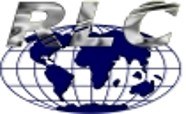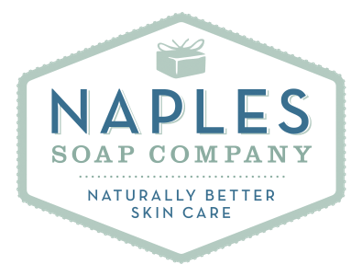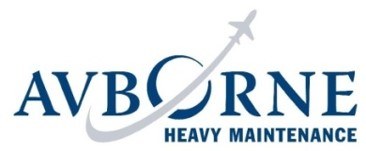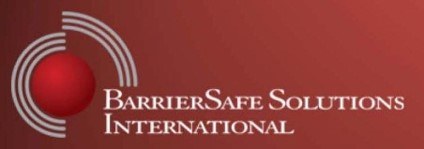Castles In The Cloud: Defending Bulwarks, Crenellations and Moats
November 11, 2021
How do you guard and defend a castle you can’t see from threats you can’t see? You’re gonna need some help to man the bulwarks, defend the moats, raise the drawbridge.
More than ever, companies, and, family offices, need to protect themselves from an ever- increasing mix of threats resulting from:
- Weak or poorly managed financial and operational performance
- disruption to supply chain
- scarcity of labor, and labor churn — people moving on to greener pastures
- inflation, increasing raw materials costs
- reduced barriers to entry
- spiraling energy costs, workforce healthcare costs, freight/shipping costs
- thinning margins
But, there are additional threats, often unseen, related to competitive intensity, and a multitude of risks: competitive risk, concentration risk, strategic risk, and even hard to predict threats coming from cybersecurity misses and fails. Often from inside the castle walls.
I think of bulwarks. I think of moats. I think of such architectural details described in the Clash’s Rock the Casbah. I recall wondering in high school geometry what a minaret was.
I think of castles. When I think of castles, I think of Shrek and when the “onion” ogre and his faithful sidekick Donkey arrive at Duloc. I think of gated communities.
I wonder if castles were meant to keep people in, or to keep people out, like the flimsy PVC gate at the entrance to any gated community — what’s to stop a would-be “perp” from simply walking around it, under it, or riding a bicycle or a scooter or a motorcycle — or, if you prefer, a horse, by it?
Is that flimsy appearance supposed to dissuade or prevent crime?
As my colleague Ed always says when commencing forensic work digging into companies’ books, after someone has done something shady — maybe it’s an owner, a principal, a bookkeeper — you want to prevent a thief, not catch one.
Who’s patrolling the perimeter, walking the parapet?
I recently participated in a meeting for a group of professionals that run, operate, and counsel, family offices, where guest speakers were literally scaring the doo doo out of the attendees in describing actual situations where business owners had been hacked or had business and/or personal information compromised.
These were real life accounts of how peoples’ seemingly bolstered and defended virtual business and personal castles were poorly flanked. The tales of woe were told by highly experienced people who cut their teeth working for agencies with three letters.
The stories were a wake up call, and equally enlightening is that the penetration of data and networks is often the result of an inside threat, and information can be as valuable, or far more valuable, than mere money.
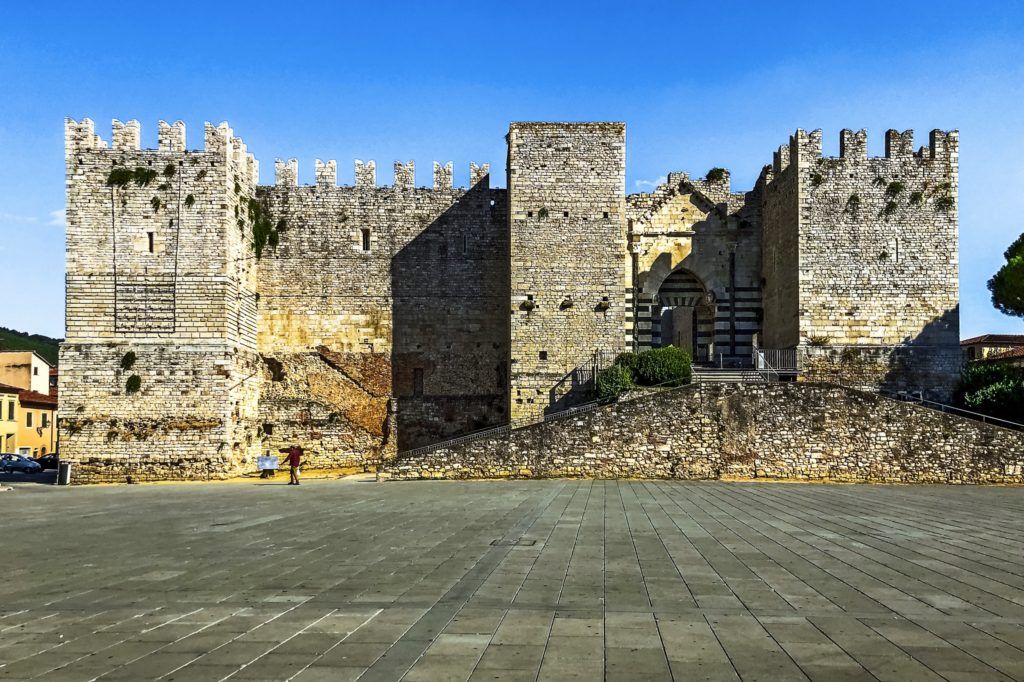
As I sat in the room, my thoughts wandered to a trip to Italy in good ol’ pre-Covid-19, 2019, when I had the good pleasure, to check off a bucket list item and to visit my Grandfather’s ancestral home, Prato, a suburb of Florence, and a place whose population of 197,000 is roughly equivalent to places like Yonkers, NY, Augusta, GA, Amarillo, TX and Little Rock, AK.
Our family tree indicates that there is 832 years of family history, with the earliest entry on our family tree running around the year 1190. Well, about 40 or 50 years later, between 1237 and 1247 an architect named Riccardo da Lentini received the purchase order to build the The Castello Dell’Imperatore, a 13th century castle right in the center of Prato, the town my grandfather left 100 years ago, in 1921, at the age of 24, to fortify his American dream.
The Emperor’s Castle in Prato has crenellated walls and towers. Yes, those zig-zaggy things that look like the top edge of the Duloc castle in Shrek. Yup, Shrek.
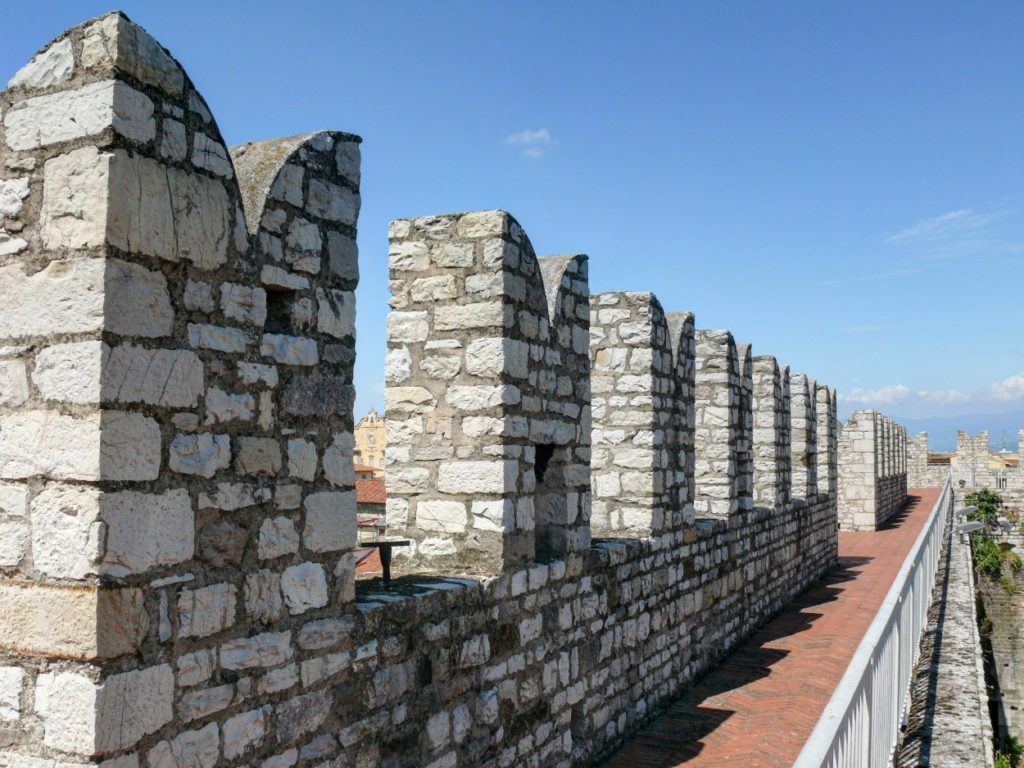
Apparently this castle wasn’t built for Lord Farquaad, but rather, the medieval emperor and King of Sicily, e.g. Frederick II. Not sure what “Federico Numero Due” was doing up in Prato, especially with all of those titular add-ons for other places like Sicily, but building was stopped and the interior was never finished.
For a while, like your router, no one from the outside could figure out how to get inside.
The castle is open to the public and although some destruction took place during one or more fascist regimes, it’s in a constant state of repair and restoration. It is possible to climb the stairs up to the top of the castle walls and walkways for a bird’s eye view over the surrounding city of Prato, and, it’s a spectacular concert venue. Nothing like Roma or Verona or Venice, but a nice juxtaposition of equal parts stuck in time Italy and Renaissance retrospective.
It’s a fascinating backdrop to the new Prato which consists of a large population of mostly Chinese immigrants who steadily emigrated into the area with the same entrepreneurial fervor that led my grandfather to flee for America. For the Chinese immigrants, it might have meant a chance to restart one of the remnant factories of the an ancient worsted wool and garment industry there, a historically significant but competitive industry without a real “moat,” private-equity-speak for a significant competitive advantage, proprietary edge, dominant market share, or some other barrier to entry.
Moats help ensure company survival, not just relevance and profitability. Companies that survive are like families that survive. And, family offices are essentially family companies. And companies are becoming more digital — with off-site data centers where your information resides with that of others — is housed. And, to protect something, well, like your “cloud,” yes, you need to castle-up, moat-up, fortess-up.
Your cloud is a data center somewhere.
Companies, and families, endeavor to protect themselves — they fortify themselves and their inner operations. Part of their operations involve risk, and frequently they need to ensure that there won’t be any kind of villains or barbarians crossing the moat, scaling the wall, or knocking down the front gate or drawbridge with a battering ram.
Can the operating partners and people managing those family offices be trusted?
The reality is that organizations in general, are increasingly under siege, from internal, as well as external threats, and a range of squirrelly things like cyber hacks through everything from I-Phones to loosely guarded passwords.
The difference with today’s threats is that the companies, or families, or businesses seldom see the threats coming, which is exactly why it’s critical to ensure that the digital modern equivalents of bulwarks, and moats, and castles, and yes, even crenellations, must be properly guarded and protected.
Even if those castles are in the cloud. Wherever that is.
















